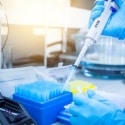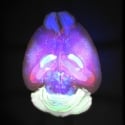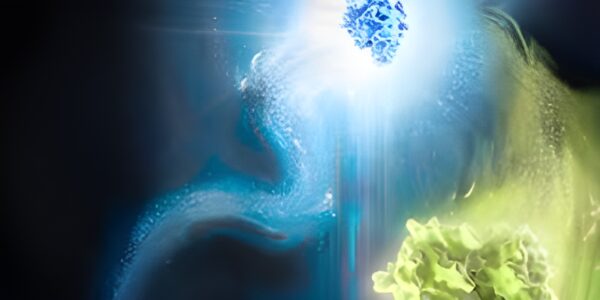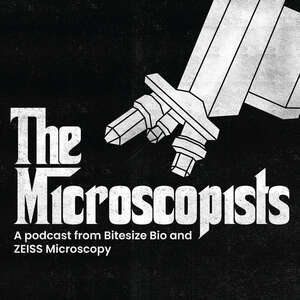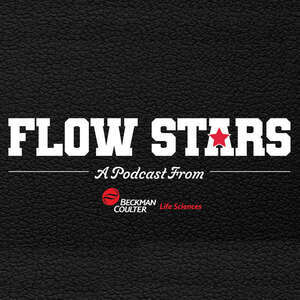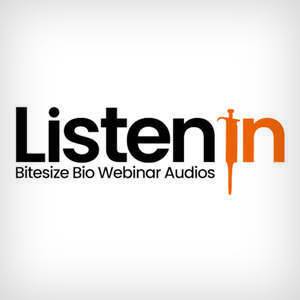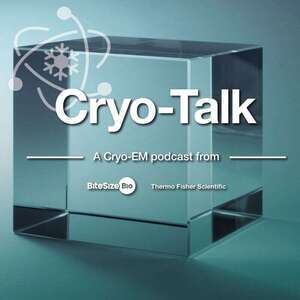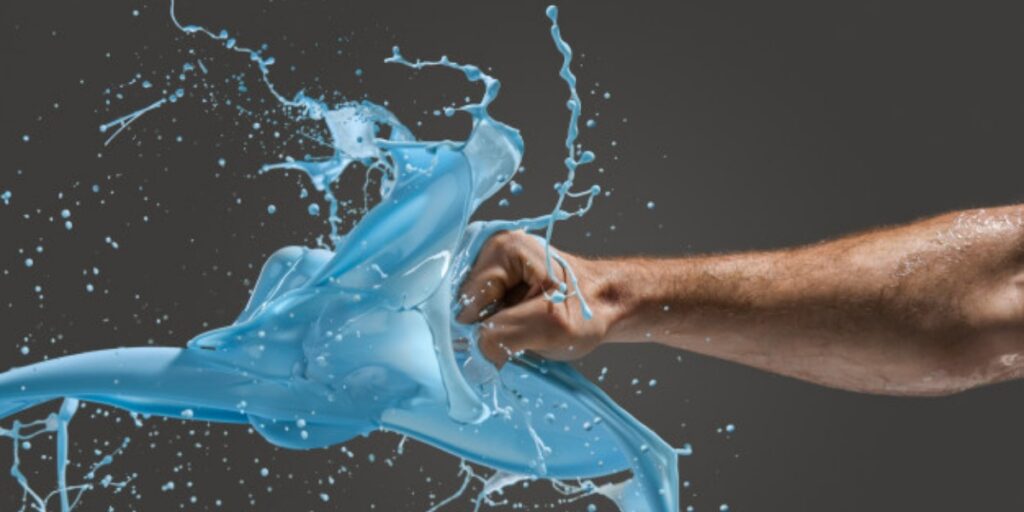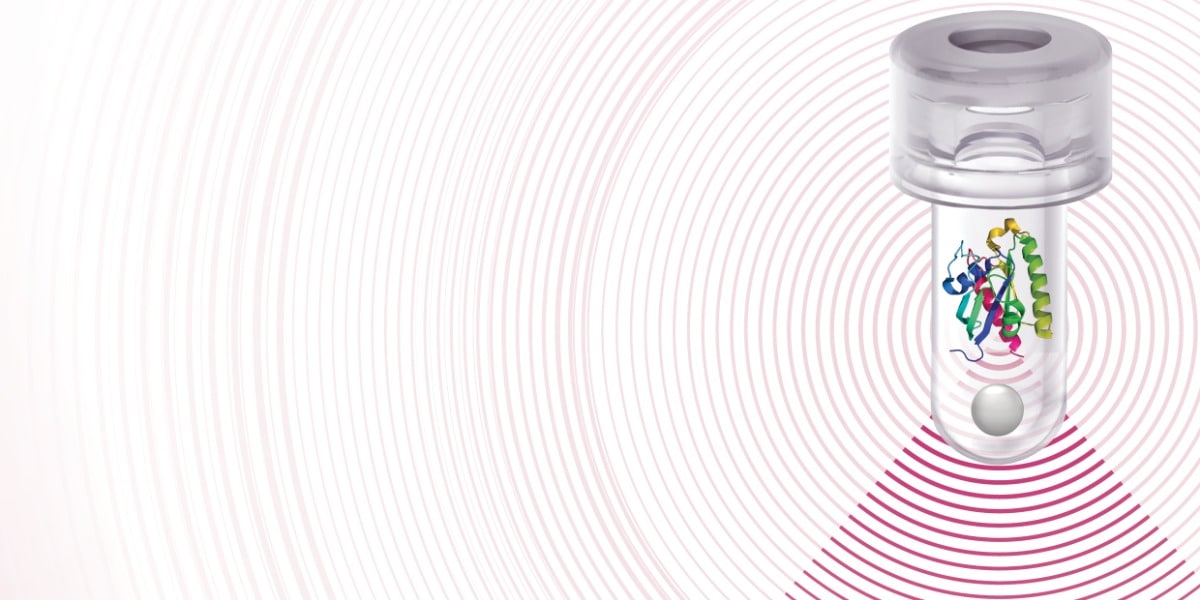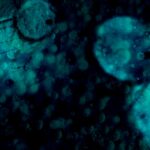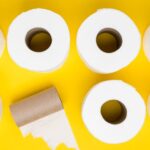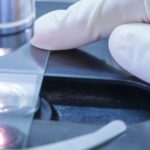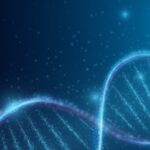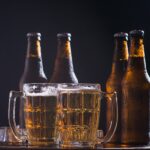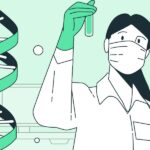Latest Events
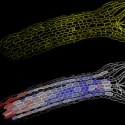
Image Segmentation to Study Plant Biology

Are You Leaning On a Crutch? Spotting Habits and Routines That Hold You Back

Fix It or Start Over? A Scientist’s Guide to Smart Decision-Making
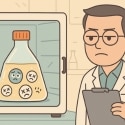
When Experiments Don’t Go as Planned: How to Stay Curious Instead of Frustrated
On Demand Events
Latest Articles
An Easy Guide to Choosing a Luciferase Reporter Assay
Need help choosing a luciferase assay? This guide walks you through the differences between Firefly, Renilla, and NanoLuc reporters, plus key tradeoffs in signal duration, brightness, and workflow compatibility. Learn how to match the correct assay to your experimental needs.
Latest Podcasts
Discover a better way to improve the expression of your insoluble and inactive proteins using osmotic shock.
Unlike bath and probe sonication, Adaptive Focused Acoustics® (AFA®) is a protein extraction method that avoids heat damage, cross-contamination, and inconsistent protein yields. This article breaks down the benefits of AFA and explains how it works.
Nearly every field, from physiology to immunology, uses fluorescent molecules to detect or measure something. This article explains how fluorescent molecules work for biologists—without all the complicated photochemistry.
Protease inhibitors are a requirement in many lab experiments. In this article, we’ll take you through how protease inhibitors work, why we need them, and how to use them correctly and safely.
Microscopy & Imaging
Achieving publication-quality immunofluorescence images is tricky. Learn what controls for immunofluorescence you can use to get them!
DNA / RNA Manipulation & Analysis
Unsure which next-generation sequencing (NGS) method to choose for your cancer and precision medicine research? Learn about the latest tools and tailored next-generation sequencing solutions for cancer research in this short guide.
How-To Guides
Article Categories
- Analytical Chemistry & Chromatography Techniques
- Cells & Model Organisms
- Chemistry for Biologists
- Cloning & Expression
- DNA / RNA Manipulation & Analysis
- Flow Cytometry
- Genomics & Epigenetics
- Microscopy & Imaging
- PCR, qPCR & qRT-PCR
- Bioscience Mastery
- Basic Lab Skills & Know-how
- Career Development & Networking
- Dealing with Fellow Scientists
- Equipment Mastery & Hacks
- Getting Funded
- Lab Safety
- Lab Statistics & Math
- Organization & Productivity

